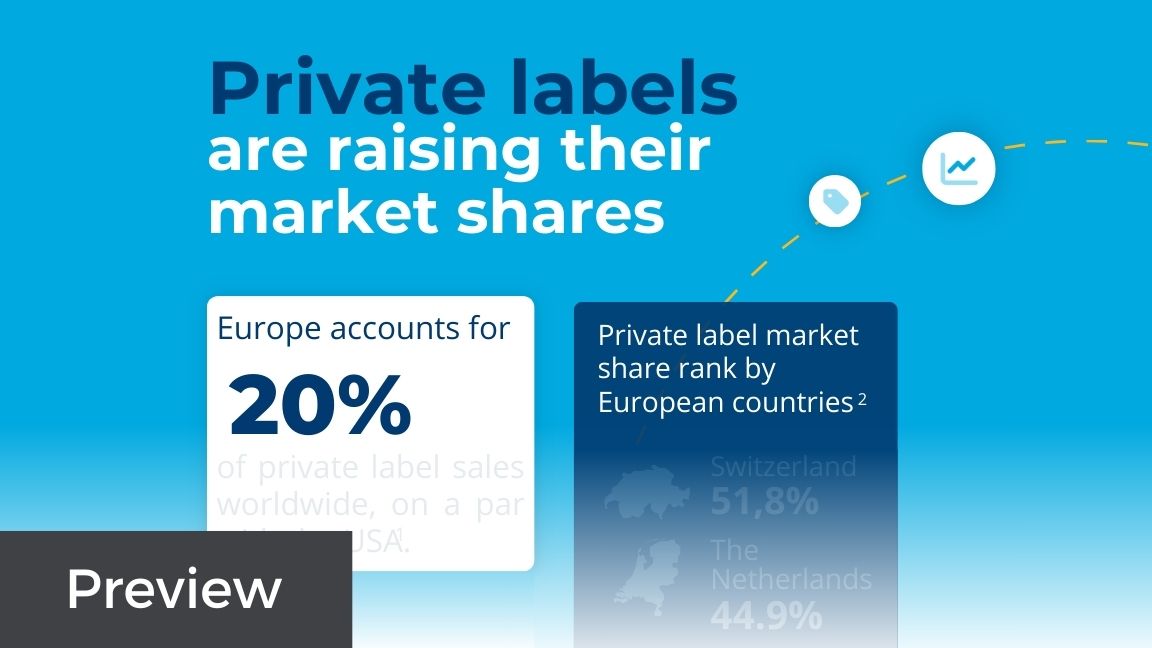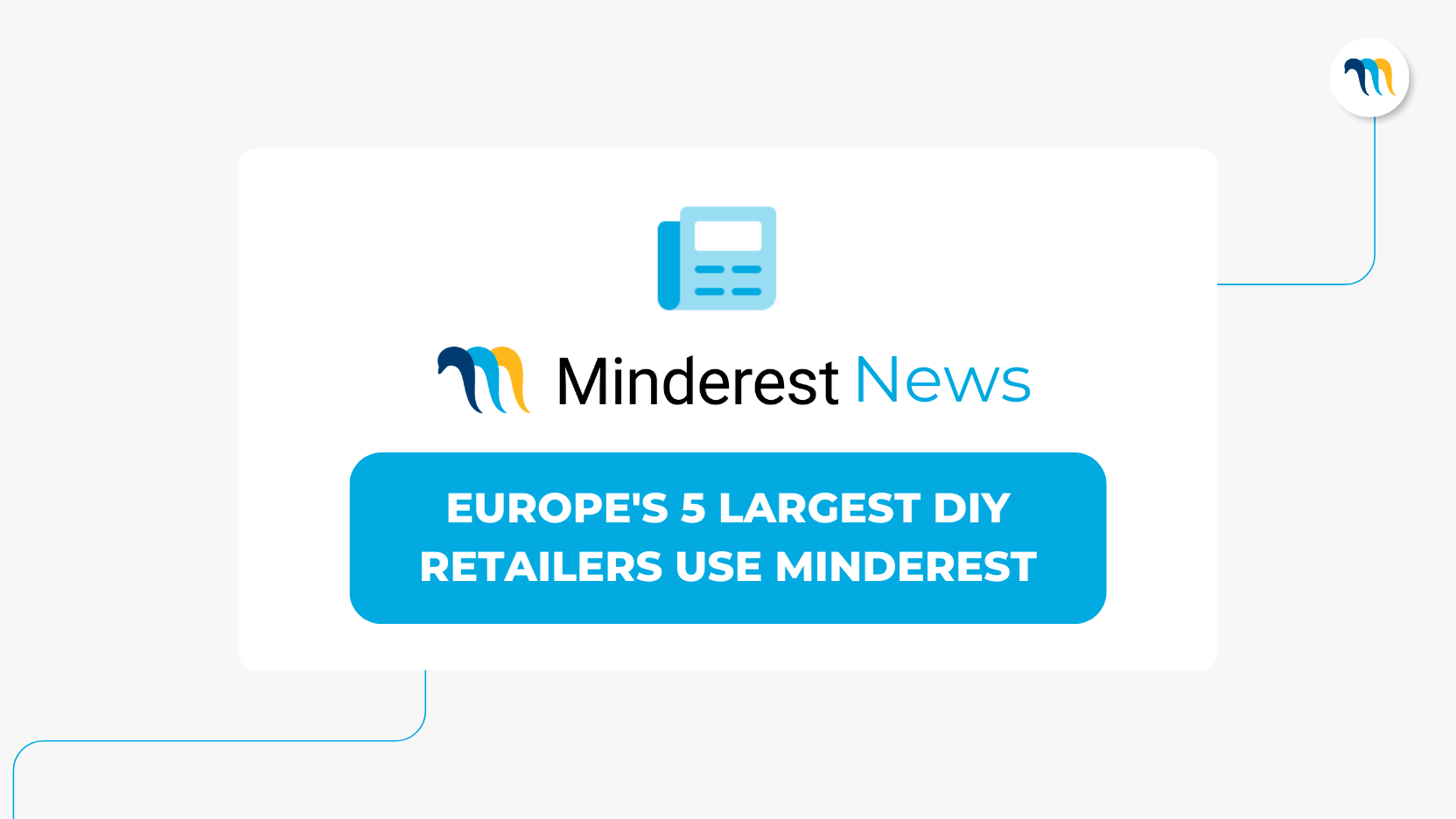

The growing interest in store brands, also erroneously known as white-label goods, is causing significant changes to the market. This trend reflects a shift in consumer preferences toward more cost-effective options without wanting to sacrifice quality. It is redefining business strategies in virtually all sectors. Fortunately, tools are available to monitor the competitive environment. They make it possible to find out and analyze these brands’ prices effectively to understand this new development in the market.
We will look in-depth at the relevance of store brands and how retailers and manufacturers can update their pricing strategy using advanced tools, to adapt to consumer preferences and maintain competitiveness.
What are store brands?
Store brands, also known as private-label or house brands, are products manufactured by one company but sold under another company’s brand, usually a retailer.
One well-known example is Aldi, where you can find private-label goods such as Milsani in dairy products, Mamia in personal care and hygiene, or GutBio for organic products.
These brands allow retailers to offer attractive products in quality and price thanks to their control over production, costs, and branding. This allows them to differentiate themselves from, and even compete with other items from manufacturer brands. For example, as with a cola against Coca-Cola or Pepsi.
The evolution of distributor brands and white-label products
Store brands, commonly known as white-label products, have evolved beyond recognition since they emerged in 1975. What were generic, low-cost, indistinct brands have become sophisticated products laser-focused on the final consumer. The distinctly low prices which resulted in quality sacrifices are but a distant memory.
They are also no longer restricted to food and beverages. They have also rolled out into sectors such as health, sports, beauty, and DIY, to name but a few. In this last sector, we find the giant Leroy Merlin who, as well as marketing third-party brands, also sells their own brands, such as Dexter for tools, Lexman for electrical goods or Artens for floors and walls, among many others.
Own or house brands are increasing their share of American and European markets. As evidenced by data from the PLMA (Private Label Manufacturers Association), these brands have experienced constant growth in Europe and North America, offering consumers a wide range of good quality items at competitive prices. This expansion reflects a shift in consumer perception, where loyalty to manufacturer brands gives way to a preference for more cost-effective options with a good price-quality ratio.
Private-label products sales in European and American markets
- According to data from the PLMA, sales of white-label goods grew 43,000 million euros in Europe during 2023.
- In the United States, the sales of store’s brands in FMCG (Fast Moving Consumer Goods) have reached 21%, representing $1.7 trillion annually.

The importance of monitoring store brand prices
In the current context of a continued higher consumer confidence in store brands, and the increase in online commerce sales, price monitoring has become essential for retailers. Price monitoring is fundamental not only to understanding the market but also to developing effective omnichannel pricing strategies.
Benefits of price comparisons in private-label products:
Knowing the positioning of these brands helps retailers:
- Identify opportunities to adjust their prices and improve their competitiveness.
- Understand consumer expectations in terms of value and quality.
- Detect pricing trends in the market, allowing them to anticipate changes and adapt quickly.
- Evaluate the impact of their pricing strategies on consumer behaviour.
The best price-monitoring tools allow for the comparison of products from other brands with similar characteristics. This makes it possible to glean a much more comprehensive view of the competitive environment. Minderest’s Competitive Environment solution makes this not only possible but agile.
Find out how Minderest can take your business to the next level.
Contact our pricing experts to see the platform in action.
Related Articles

How to maintain a price consistency strategy in omnichannel selling
Omnichannel sales are making their mark. They have, in fact, saved many traditional businesses from closing and allowed others to make the leap to new markets, and multiply their revenues. It is...
Who sells on marketplaces, and at what price?
The key to any brand or retailer’s strategy is knowing who sells the same products and their prices. That’s why, at Minderest, we wanted to dedicate an article to help you identify these sellers, and...